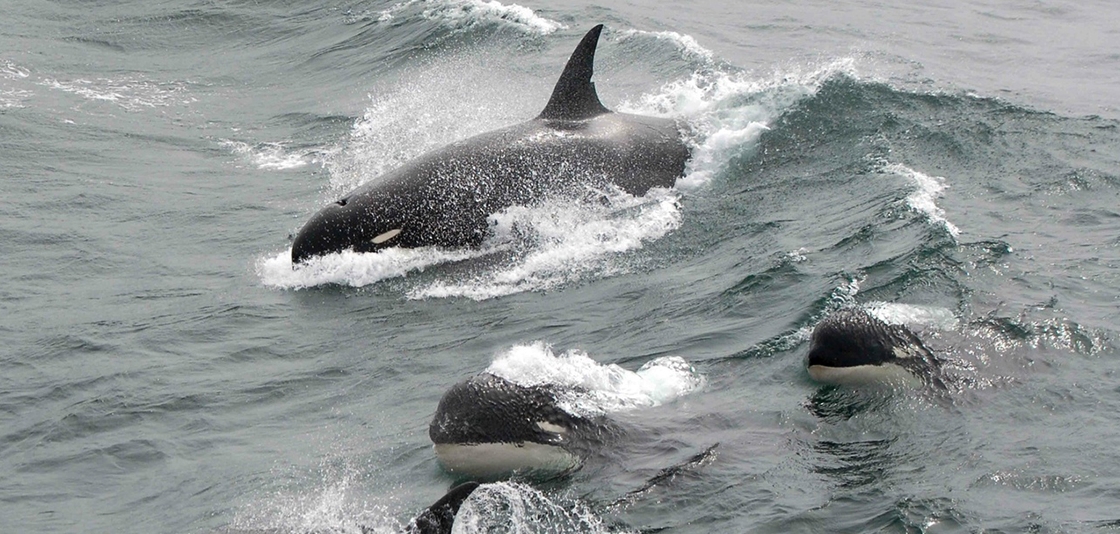Mysterious Orca Could Be a New Species
A 60 year-old fisherman tale of a new orca species may be true

Whale experts may have just discovered an entirely new species of orca—Type D.
After reported sightings of what some believed to be a different breed of orca, National Oceanic and Atmospheric Administration (NOAA) Fisheries researcher, Robert Pitman, PhD., set sail on research vessel Australis along with five other international whale experts, to see if the tales were true.
With most recent stories and images surfacing from fishermen in Chile, the group set off in January 2019 to explore the cold waters of the Antarctic Peninsula in search of these elusive creatures. After more than a week of rough weather and no orcas in sight, the team’s luck suddenly changed offshore, near Cape Horn.

- Head Shape: Type D orcas have a significantly more rounded head.
- Dorsal Fin: Relative to a “regular” orca, Type D orcas have a more pointed and narrower dorsal fin.
- Eye Patch: All orcas have white eye patch; Type D orcas have much smaller patches.
But just because Type D orcas look different, it doesn’t mean they are a new species. In order to confirm just how different they are, we will have to wait for the results from DNA samples the team obtained—a process that can take months.
Regardless of how this species is classified, the story behind the work is truly extraordinary. What began as little more than a fisherman’s tale from more than 60 years ago of strange orcas washing ashore in New Zealand, has now become an international expedition to solve a mystery.
[quote image=”39493″ name=”Robert Pitman, PhD.” title=”Marine Ecologist, NOAA Fisheries at the Southwest Fisheries Science Center” align=”right”]Without the help of the public (tourists and fishermen), we would have had little chance of finding the pod of type D that we did. Citizen science![/quote]
There are incredible discoveries like this happening all around us (check out how the ancient coelacanth was discovered) and there is so much more of the ocean that we have yet to discover, but it can’t be done alone. By reporting and documenting what you see (even if it’s just with a cell phone) you can help us learn more about the ocean around us—and any mysterious creatures that swim in it!